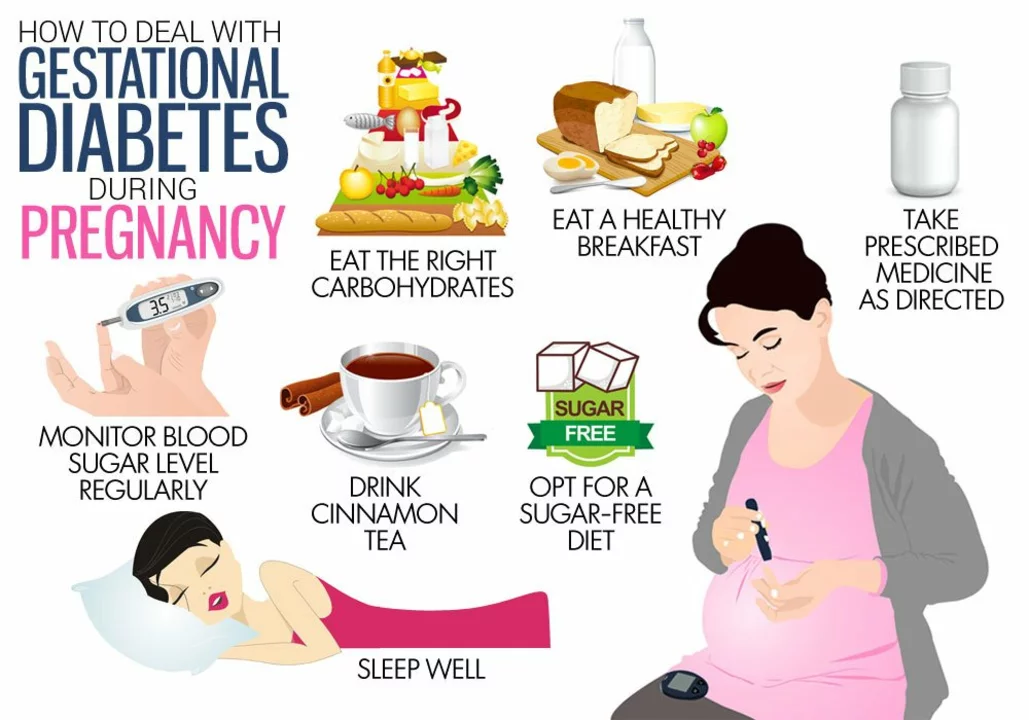Gestational: Medication Safety and Common Pregnancy Conditions
Pregnancy changes how your body handles medicines. Some drugs cross the placenta, others don’t. That matters when you’re managing conditions like gestational diabetes, high blood pressure, infections, or mood changes. This page gives clear, practical steps to help you talk to your provider and make safer choices for you and your baby.
Common gestational conditions and usual treatments
Gestational diabetes is often treated first with diet and monitoring. If medication is needed, insulin is the standard because it doesn’t cross the placenta the same way some pills do. Metformin is used too; it works well for some people but crosses the placenta, so doctors weigh benefits and risks.
High blood pressure in pregnancy is treated differently than outside pregnancy. Labetalol, methyldopa, and nifedipine are frequently recommended because they’re studied in pregnancy and usually safe. ACE inhibitors and ARBs are avoided because they can harm the developing baby.
For infections, penicillins and many cephalosporins are commonly considered safe choices. Tetracyclines and certain fluoroquinolones are usually avoided because of known risks to baby’s development. When antibiotics are needed, a clinician will pick the one with the best safety profile for pregnancy.
Mental health matters. Some SSRIs are used in pregnancy when depression or anxiety would be worse without treatment. Stopping medications suddenly can cause relapse, so decisions should be planned with a prescriber who knows pregnancy psychiatry.
Practical safety tips for gestational medication use
Always tell every clinician you’re pregnant or planning to be. That’s the single most useful step. Ask: “Is this medicine necessary now? Is there a safer option? What are the risks if untreated?” Those three questions keep the conversation focused.
Keep a short medication list with doses and why you’re taking each drug. Share it at every visit. If you order medicines online, use licensed pharmacies that require a prescription, show clear contact details, and have pharmacist verification. Avoid sites that sell controlled drugs without a prescription or use suspicious domains.
Think about timing: some medicines are switched before pregnancy, others only if problems appear. Breastfeeding plans also change choices—some drugs are safe during pregnancy but pass into breast milk. Ask about both pregnancy and postpartum plans during the same visit.
If you get mixed advice, ask for written recommendations or a referral to a maternal-fetal medicine specialist or a pharmacist who specializes in pregnancy. They can run the latest safety data and help you weigh options.
Pregnancy brings tough trade-offs, but you don’t have to decide alone. Clear communication, a short medication list, and using trusted pharmacies and clinicians will help you balance treatment benefits with safety for your baby.
